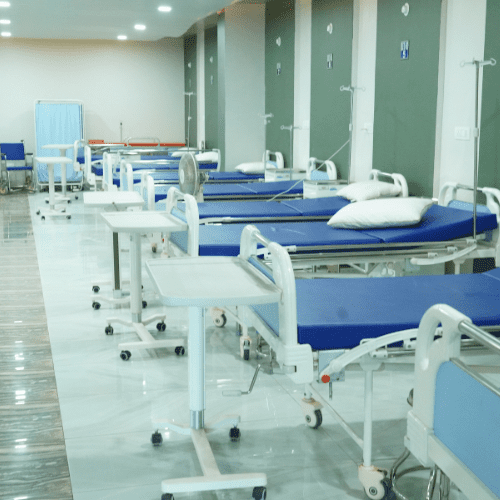In an era marked by increasing natural disasters and health emergencies, the resilience of healthcare systems has become a paramount concern for governments, organizations, and communities worldwide. Disaster-resilient healthcare systems are essential for ensuring that medical services can continue to function effectively in times of crisis. By enhancing healthcare infrastructure and implementing strategic measures to build resilience, countries can protect their populations against the devastating impacts of disasters. This article will explore key approaches to enhancing healthcare infrastructure and strategies for building resilient health services in crises.
Enhancing Healthcare Infrastructure for Disaster Preparedness
The foundation of a disaster-resilient healthcare system lies in robust infrastructure that can withstand the impacts of disasters. This includes not just physical facilities, but also technological systems and supply chains that are designed for resilience. Investment in durable buildings that meet modern safety standards is critical; hospitals should be constructed or retrofitted to resist earthquakes, floods, and other natural disasters. Additionally, healthcare facilities should be equipped with backup power sources, such as generators and solar panels, to ensure continuity of operations during power outages.
Furthermore, the integration of technology in healthcare infrastructure plays a significant role in enhancing disaster preparedness. Telemedicine platforms can facilitate remote consultations, ensuring that healthcare services remain accessible even when in-person visits are hindered. Additionally, electronic health records (EHR) systems can improve data sharing and communication among healthcare providers, enabling quicker responses to public health emergencies. Developing an interoperable health information system is critical for timely decision-making and resource allocation during disasters.
Another vital component of enhancing healthcare infrastructure is the establishment of effective supply chain management systems. This involves not only stockpiling essential medical supplies and pharmaceuticals but also creating partnerships with local businesses and manufacturers to ensure a rapid response in times of need. By establishing a decentralized supply chain model, healthcare systems can enhance their ability to respond to localized disasters, ensuring that communities have access to necessary resources even when central supply lines are disrupted.
Strategies for Building Resilient Health Services in Crises
Building resilient health services requires a comprehensive approach that encompasses planning, training, and community engagement. First, healthcare systems must develop and implement robust disaster response plans that outline protocols and procedures to follow during emergencies. This includes establishing clear roles and responsibilities for healthcare workers, emergency responders, and community organizations, as well as conducting regular drills and simulations to test preparedness. Such proactive measures can enhance the readiness of health services to respond effectively when crises occur.
Training healthcare workers in crisis management and disaster response is crucial for building resilience. Continuous education and training programs should be established to equip medical personnel with the necessary skills and knowledge to operate in high-stress environments. Scenarios that mimic real-life emergencies should be integrated into training programs to ensure that healthcare providers can apply their skills in practice. Moreover, fostering a culture of adaptability and collaboration among healthcare teams can enhance their ability to respond to changing circumstances during a disaster.
Community engagement is another essential strategy for strengthening health services’ resilience. By involving community members in disaster preparedness initiatives, healthcare systems can better understand local needs and tailor their responses accordingly. Public health campaigns aimed at educating the community about emergency preparedness and response can empower individuals to take proactive measures. Additionally, encouraging local partnerships between healthcare institutions and community organizations can facilitate resource sharing and coordinated responses, ultimately enhancing the overall resilience of health services during crises.
The importance of disaster-resilient healthcare systems cannot be overstated, particularly in a world increasingly affected by climate change and public health emergencies. By enhancing healthcare infrastructure and implementing strategic measures for resilience, countries can safeguard their populations and ensure that essential medical services remain available during crises. Through robust disaster preparedness, training, and community engagement, we can build healthcare systems that not only withstand the shocks of disasters but also continue to provide high-quality care to those in need. The path to resilience is a collective effort that requires ongoing commitment and innovation from all stakeholders in the healthcare sector.




